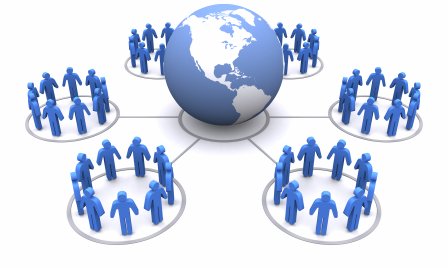November 24, 2010
Lessons in Collaboration
When we speak of collaboration we often talk about the benefits of serendipity or emerging leadership, but within the confines of the current public institution, complete with Ministerial accountability, perhaps we speak about it too much. My underlying worry is that proponents of collaboration do themselves a disservice by failing to engage in a debate around how to be directive within a collaborative effort, to demonstrate how exactly collaboration is different from the status quo, and what are the inherent benefits of this new approach. The conversation around collaboration to date is far too Utopian for my liking; it conjures 1960s imagery of peace and love. Collaboration, it would seem, is a real righteous groove, and those who oppose it are just squares in need of a good melvin.
This attitude makes me uneasy. I think it is problematic, and the reason I think we are stuck there is that we don’t know how to be directive within collaboration. We seem to think that collaboration is an open arrangement that, through a mystical and undefined process, reaches an outcome. What we are missing is discourse on how we move from open process to outcome. We need to unpack the elusive magic between the two. In order to do this, I want to first lay out a conceptual frameworks and then move to an example to illustrate my thinking.
The “Why”, “How”, and “What” of collaboration
“Leaders hold a position of power or authority. But those who lead inspire us. Whether they’re individuals or organizations, we follow those who lead, not because we have to, but because we want to. We follow those who lead, not for them, but for ourselves. And it’s those who start with “why” that have the ability to inspire those around them or find others who inspire them.” – Simon Sinek, “How great leaders inspire action” TEDx Puget Sound (full video embedded below)
My view is that being directive within a collaboration largely means inspiring action:
One of the problems is that we tend to inverse Sinek’s golden circle (as explained by Sinek in the TEDx talk above), focusing too much on what it is that we do. How many of us would describe our work starting with why we have chosen to undertake it?
 Words can be powerful. They influence purchases – “I’ll buy this good over that good”. “This good is better for me”. “I want that”. In government, they affect public opinion – “I am/am not for government sponsored healthcare reform”, “ I am for less taxes” “We need more roads”.
Words can be powerful. They influence purchases – “I’ll buy this good over that good”. “This good is better for me”. “I want that”. In government, they affect public opinion – “I am/am not for government sponsored healthcare reform”, “ I am for less taxes” “We need more roads”. 


